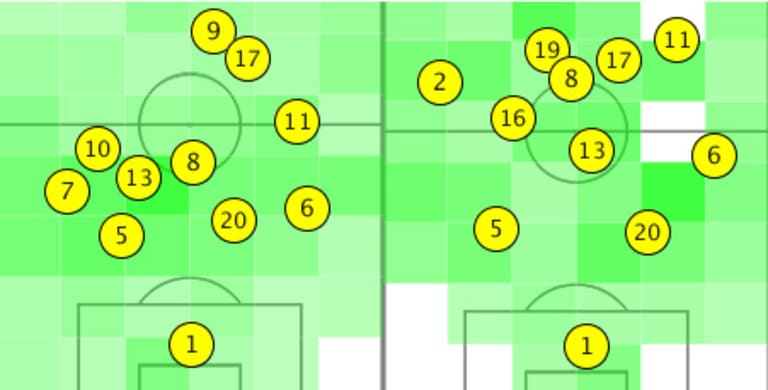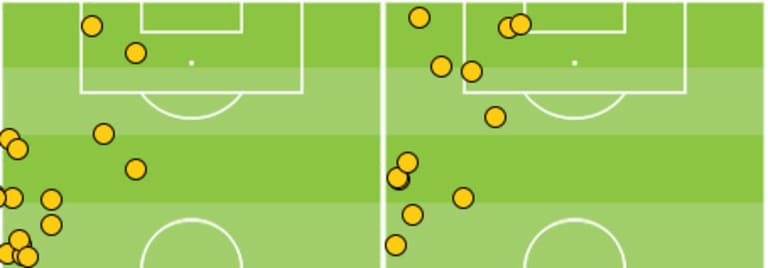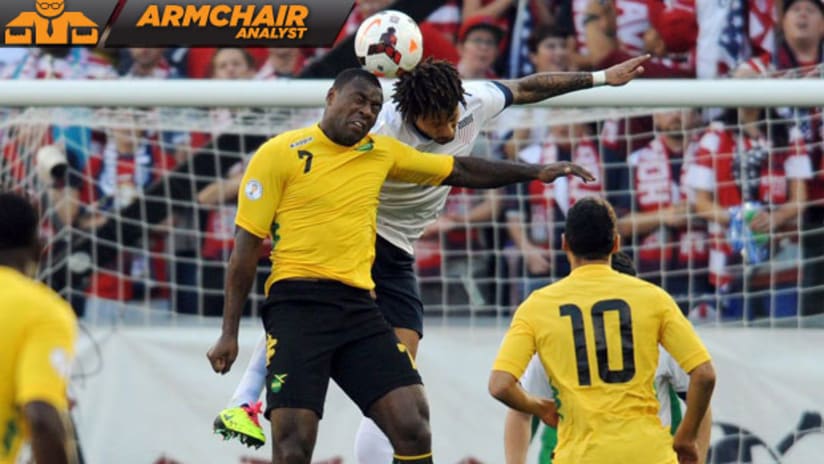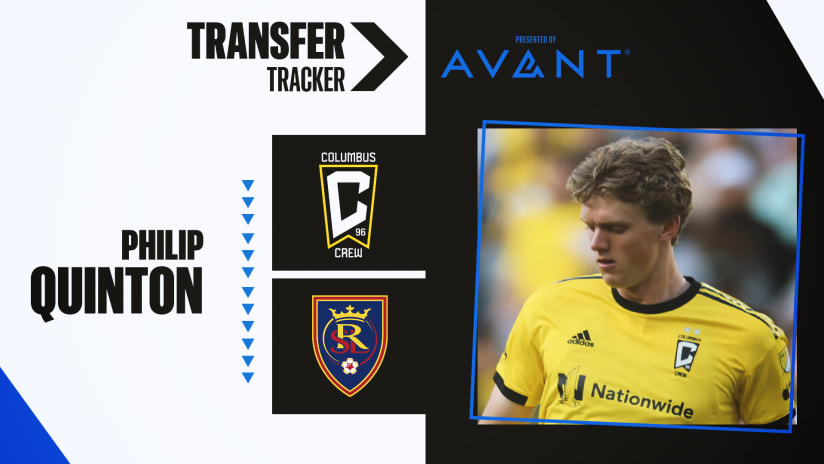"Walking pace" doesn't quite do the first 70 minutes of the US national team's 2-0 win over Jamaica on Friday night justice. It was said a million different ways on Twitter, but we'll give the hat tip to our own Steve Brisendine, who was on the scene:
Feels about right.
Then things changed, and the last 20 minutes felt like the celebration it should have been. Here's three things we learned about that tonight:
1. This is the role for Sacha Kljestan
It's a shame that he didn't get on the scoreboard, because it would be a lot easier to point to a goal or an assist the next time I stridently make the case for Kljestan's inclusion in most gameday 18s.
Even without that marker, though, I'm going to make that case here. For the first time that I can remember, Kljestan played his "natural" position, the one he plays for Anderlecht in central midfield – behind a more attacking midfielder (Mix Diskerud) and free to roam thanks to a more defensive midfielder (Jermaine Jones) cleaning up. It worked perfectly.
The map below left is the US average position in the first half. On the right, you have the final 20 minutes:

In words: Kljestan opened up the game for the wingers – his understanding of how to do that is second to none in the US pool. It's not a coincidence that the rest of the attack suddenly had the ball with more time and space to create once he got on. And on the night, "time and space" was the difference between a listless draw and a multi-goal win.
Do I trust Kljestan in a 4-4-2? No. Do I ever want him on the wing? Nope. But against a team that packed the midfield – as Jamaica did today, and as both Algeria and Ghana did in the last World Cup – Kljestan would be near the top of my list of second-half subs.
2. Getting one fullback into the attack is crucial

On the left are DaMarcus Beasley's attacking touches in his 66 minutes. On the right are Edgar Castillo's in his 24.
Castillo had the benefit of playing most of his time in the Kljestanized game, so this isn't remotely a value judgement on the two players. Instead it's an illustration of just how much better the US are when one of the two fullbacks – and under Klinsmann, that's almost always the left fullback – can get up the field.
It's not about license, either. It's about the midfield staying compact and composed enough to make overlaps feasible. That simply wasn't the case in the first 70 minutes, as the US struggled to complete passes of any sort, but especially ones in the attacking third.
To wit:
The average in the first four games of the Hexagonal? Forty percent.
Truly, the first 70 minutes were abysmal.
3. Hunger matters leading into the World Cup
It didn't really shock me that the three guys who were most impressive – Kljestan, Graham Zusi and Castillo – were three who are in legitimate dog fights for a spot on the plane next summer.
It was something of a shock that most of the rest of the attackers looked somewhat uninspired. Landon Donovan had maybe his worst game since Cambodia; Jozy Altidore Sunderlanded all over the first 70 minutes; and Alejandro Bedoya still looked sick. Diskerud, meanwhile, looked very much out of sorts playing as a true central midfielder with Jones, who (as usual) alternated between mental lapses and inspired box-to-box play.
And Aron Johannsson was so invisible I actually forgot to mention him in the first draft of this column.
I want to see more of the hungry guys on Tuesday in Panama. It's a chance to get a win in Central America – something Jurgen Klinsmann hasn't done yet, by the way – as well as end the Hex on a high note.
This group deserves at least that much, even if it means throwing Mexico a life preserver.














